Memorials
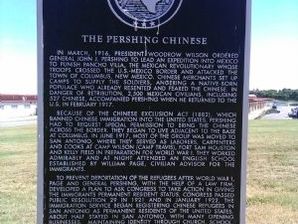
In March, 1916, President Woodrow Wilson ordered General John J. Pershing to lead an expedition into Mexico to punish Pancho Villa, the Mexican revolutionary whose troops crossed the U.S.-Mexico border and attacked the town of Columbus, New Mexico. Chinese merchants set up camps to supply the soldiers, angering a native-born populace who already resented and feared the Chinese. In danger of retribution, 2,500 Mexican civilians, including 527 Chinese, accompanied Pershing when he returned to the... Read More

Moving Goods Since 1729, Baltimore has owed its existence to its deepwater port. The city looks east to the Chesapeake Bay and ports around the world. It also looks west with access to markets in America’s heartland. It began with local farmers bringing in their crops. In the early 1800s, the National Road, which started here
as the Baltimore and Frederick-Town Turnpike, gave the port more and more reach inland.
Moving People
“The long ocean trip is ended and the great unknown is before them.”... Read More

This is a plaque for Portage la Prairie Indian Residential School, one of the oddest boarding school for indigenous children in Canada. It is in the Manitoba of Canada.
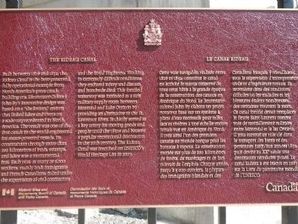
English:
Built between 1826 and 1832, the Rideau Canal is the best preserved, fully operational example of North America’s great canal building era. Lieutenant-Colonel John By’s innovative deign was based on a “slackwater” system that linked lakes and rivers on a scale unprecedented in North America. The result was one of the first canals in the world engineered for steam-powered vessels. Its construction through more than 200 kilometres of bush, swamps, and lakes was a monumental feat. Each... Read More

The monument was unveiled in 1984 on the 400th anniversary of the lost colony's voyages. The granite marker sits in the town of Manteo, NC and is engraved with the history of the Roanoke counties and early English colonization.
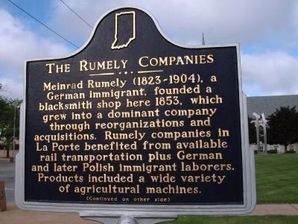
Side One
Meinrad Rumely (1823-1904), a German immigrant, founded a blacksmith shop here 1853, which grew into a dominant company through reorganizations and acquisitions. Rumely companies in La Porte benefited from available rail transportation plus German and later Polish immigrant laborers. Products included a wide variety of agricultural machines.
Side Two
Rumely's prizewinning thresher later became one of the earliest powered by steam. Thousands of OilPull tractors sold... Read More

The memorial consists of a gray granite column with the top cut off at an angle. The column is surrounded by three concentric brick circles, and a set of three steps, each featuring a one-word inscription: “Faith,” “Hope” and “Love," respectively.
The memorial marks the land used as a burial ground for enslaved and free blacks who worked at Mount Vernon during the 1700s and 1800s.
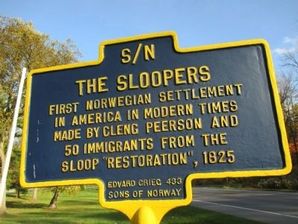
S/N The Sloopers First Norwegian Settlement in America in modern times Made by Cleng Peerson and 50 immigrants from the sloop "Restoration", 1825
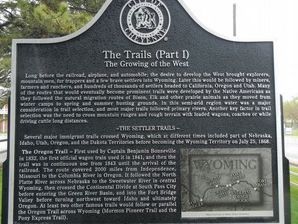
Long before the railroad, airplane, and automobile; the desire to develop the West brought explores, mountain men, fur trappers and a few brave settlers into Wyoming. Later this would be followed by miners, farmers and ranchers, and hundreds of thousands of settlers to California, Oregon and Utah. Many of the routes that would eventually become prominent trails were developed by Native Americans as they followed the natural migration routes of Bison, Elk and other prairie animals as they moved... Read More
